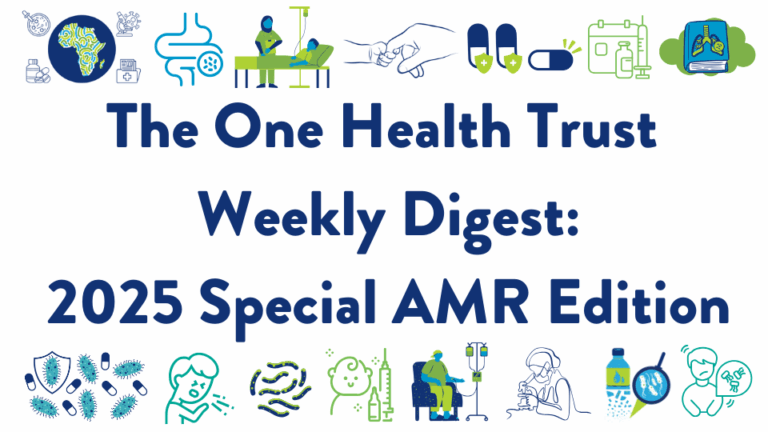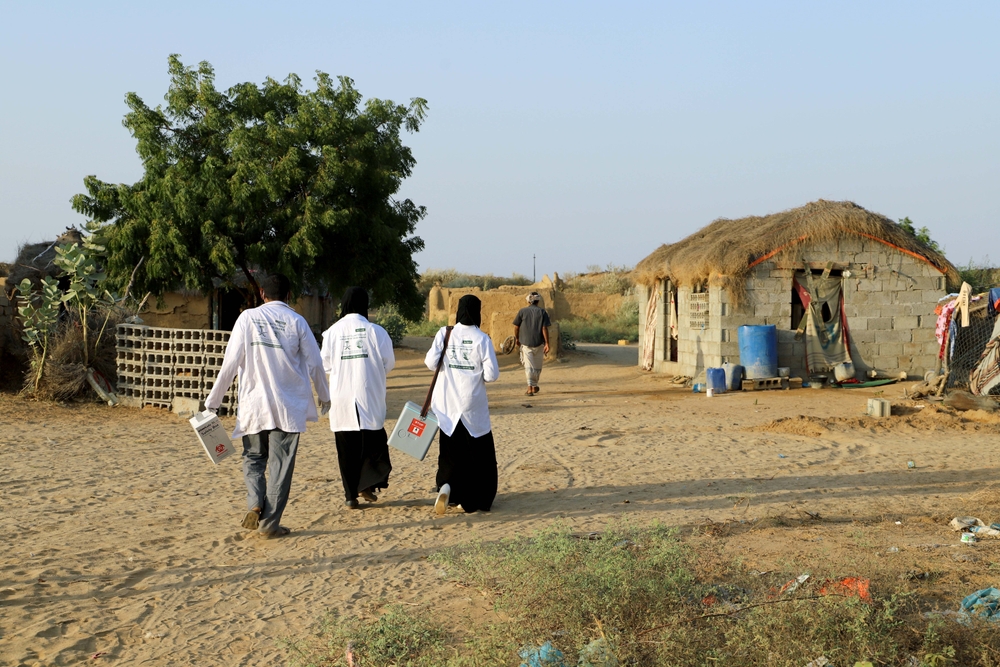June 17, 2017
A weekly roundup of news on drug resistance and other topics in global health.
Adverse events associated with antibiotic treatment quantified. The risks of antibiotics are often acknowledged but rarely enumerated. The experience of 1,488 patients at Johns Hopkins Hospital was studied for antibiotic-associated adverse drug events (ADEs) after receiving parenteral or oral antibiotic treatment and reported in JAMA Internal Medicine. All adult patients on general medicine wards between September 2013 and June 2014 who took antibiotics were included. ADEs occurring within 30 days of taking the antibiotics were counted, with an extension to 90 days for Clostridium difficile and multidrug-resistant infections. Twenty percent of patients had at least one ADE, of which 56 were in patients who received antibiotic treatment that was not clinically indicated. Every additional 10 days of antibiotic treatment conferred a 3 percent increase in risk of developing an ADE. [JAMA Internal Medicine, CIDRAP]
Yellow fever in Brazil continues to spread. According to the European Centre for Disease Prevention and Control (ECDC), there are now nine states in Brazil with confirmed yellow fever cases, continuing an outbreak that began in January 2017. ECDC reports that from January 6 to May 31, 1,311 cases of yellow fever (519 suspected and 792 confirmed) have been reported, with a case-fatality rate of 34.6 percent among confirmed cases. This year, five other countries in South America have reported cases of yellow fever: Peru, Colombia, Bolivia Ecuador, and Suriname. [ECDC, CIDRAP]
WHO launches new emergency preparedness and response portal. The World Health Organization has released “OpenWHO,” an online platform to equip public health responders with information related to epidemics, pandemics and health emergencies. The social learning network includes technical resources and online courses organized into three channels: 1) “Outbreak,” about high-threat pathogens including Ebola, MERS, Zika, cholera, and pandemic flu; 2) “GetSocial!” focusing on risk communication and community engagement; and 3) “Ready for Response,” relating to WHO’s emergency response framework, incident management system, and pre-deployment training for emergency responders. During health emergencies, OpenWHO contributors will add new and updated courses for immediate use. [CIDRAP, Open WHO]
Improved pertussis model documents decline in global burden. Pertussis remains an important global infectious disease, especially for infants and young children in lower-income countries. Few of those countries have adequate surveillance for pertussis, however, and information for policy and planning purposes relies heavily on modeling. Estimates from an improved model, published in The Lancet Infectious Diseases, estimates 24.1 million cases and 160,700 deaths due to pertussis in children under 5 years in 2014, a substantial reduction since 2003, when there were 30.6 million cases and 390,000 deaths. The improvement is attributed mainly to expanded immunization coverage. The WHO Africa region has the highest burden, with 32 percent of cases, followed by the Southeast Asia region, with 26 percent. A Comment in the journal stresses the importance of collecting more local data and continuing to improve immunization coverage. [Lancet study, Lancet comment]
Electronic sepsis screening may have unintended effects. A study in The American Journal of Infection Control finds that electronic sepsis screening and treatment protocols may have unintended adverse consequences. After introducing an electronic sepsis initiative in a large, tertiary, academic medical center, the use of broad-spectrum antibiotics and the incidence of healthcare facility-onset Clostridium difficile infection both increased in four adult medicine wards, reversing a previous declining trend in both measures. These results challenge a prior assumption that electronic sepsis screening and treatment protocols would improve patient outcomes. [AJIC]
Clostridium difficile rates variable among acute care and long-term facilities. Two studies of C. difficile reported remarkably different relative rates between acute care clinics and hospitals and long-term care facilities. The first study, of 4 acute care hospitals, 16 long-term care facilities and 45 outpatient clinics in the Detroit area, found that prevalence rates of facility-acquired C. diff among tested patients was twice as high in long-term care centers as in acute care hospitals (33 percent versus 15 percent). The second study, looking over a six-year period from 2006 through 2012, in 131 acute care hospitals and 120 long-term facilities of the U.S. Veterans Health Administration, found the incidence of facility-acquired C. diff in acute care hospitals was five times the rate in long-term facilities. In the VA study, about three-quarters of the difference between the two types of facilities was explained by higher rates of antibiotic use in acute care. The Detroit study authors noted a low rate of testing for C. diff in long-term care facilities, which leads to a lack of awareness and inadequate prevention and control measures. [AJIC, CID, CIDRAP]
CDDEP Weekly Digest Featured Video: “Facts Alone Won’t Convince People To Vaccinate Their Kids.” A graphical outbreak simulator, FRED Measles (Framework for Reconstructing Epidemiological Dynamics) demonstrates that if 20 percent of school children are not vaccinated, a single isolated case of measles could develop into an epidemic. The model, developed by researchers at the University of Pittsburgh, is responsible in part for the success of California legislation barring unvaccinated children from attending public school. View the simulated progression from FRED Measles: https://fivethirtyeight.com/features/facts-alone-wont-convince-people-to-vaccinate-their-kids/[FiveThirtyEight]











